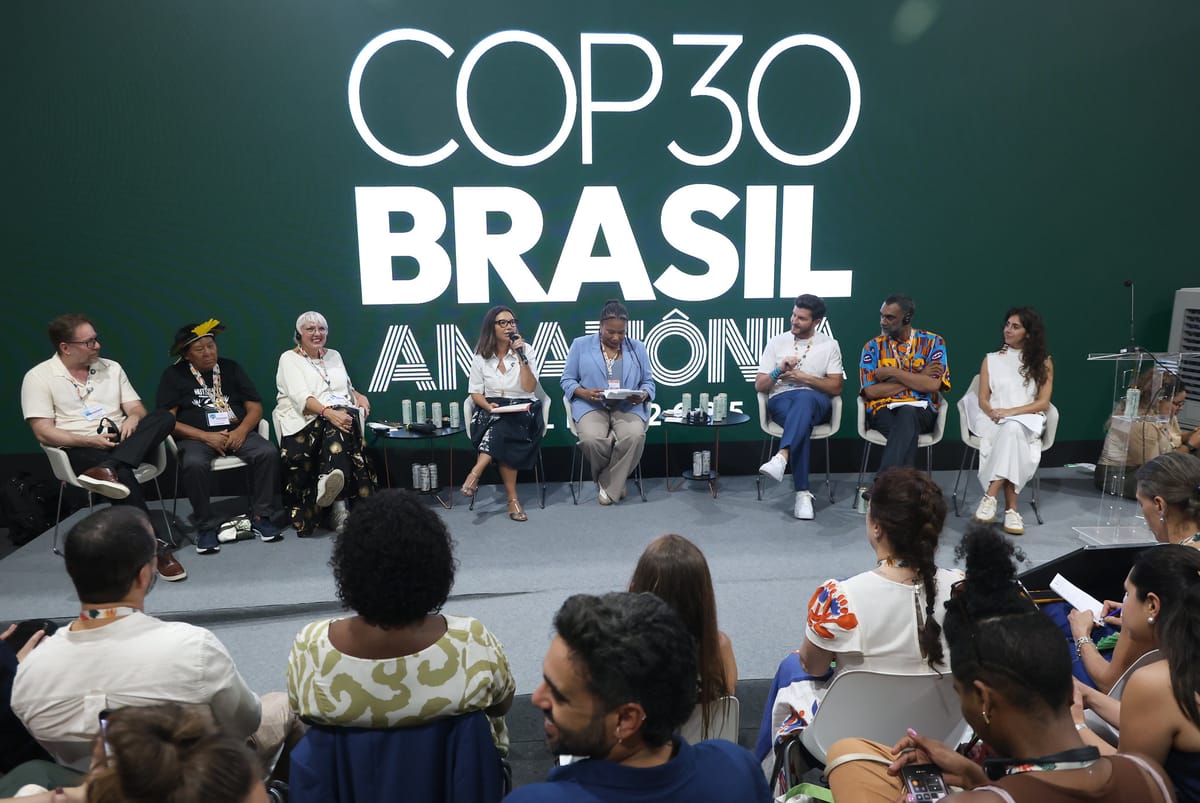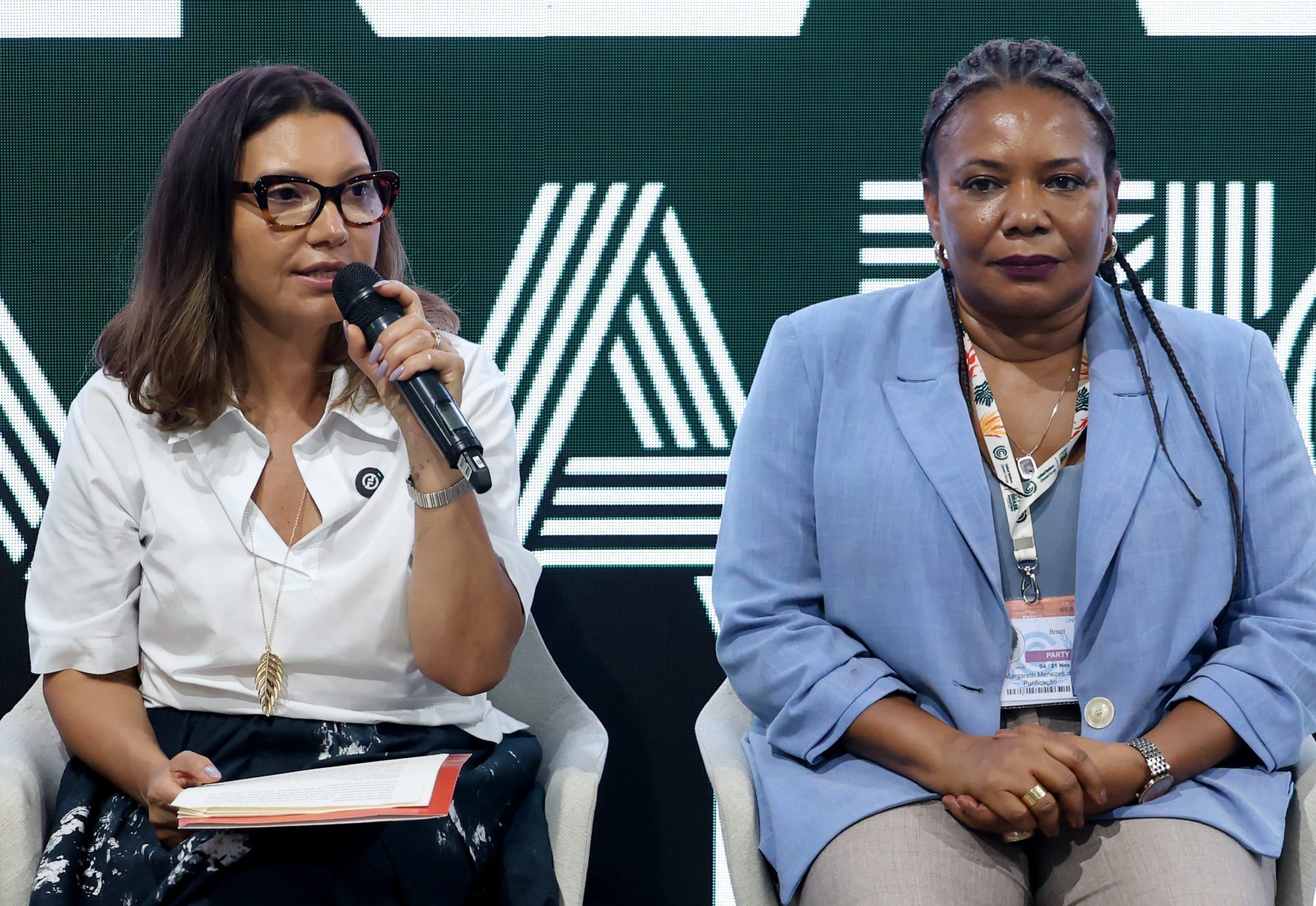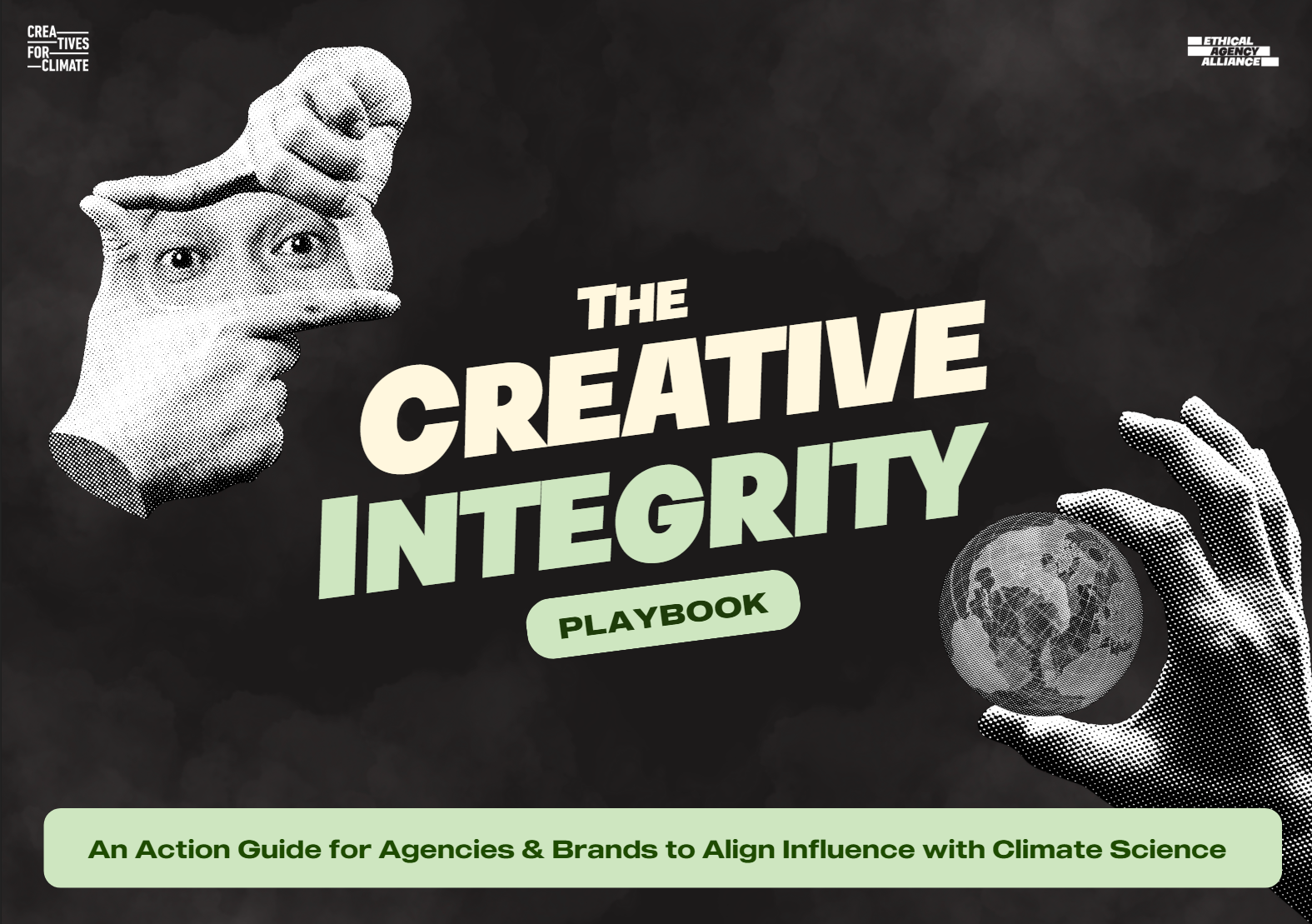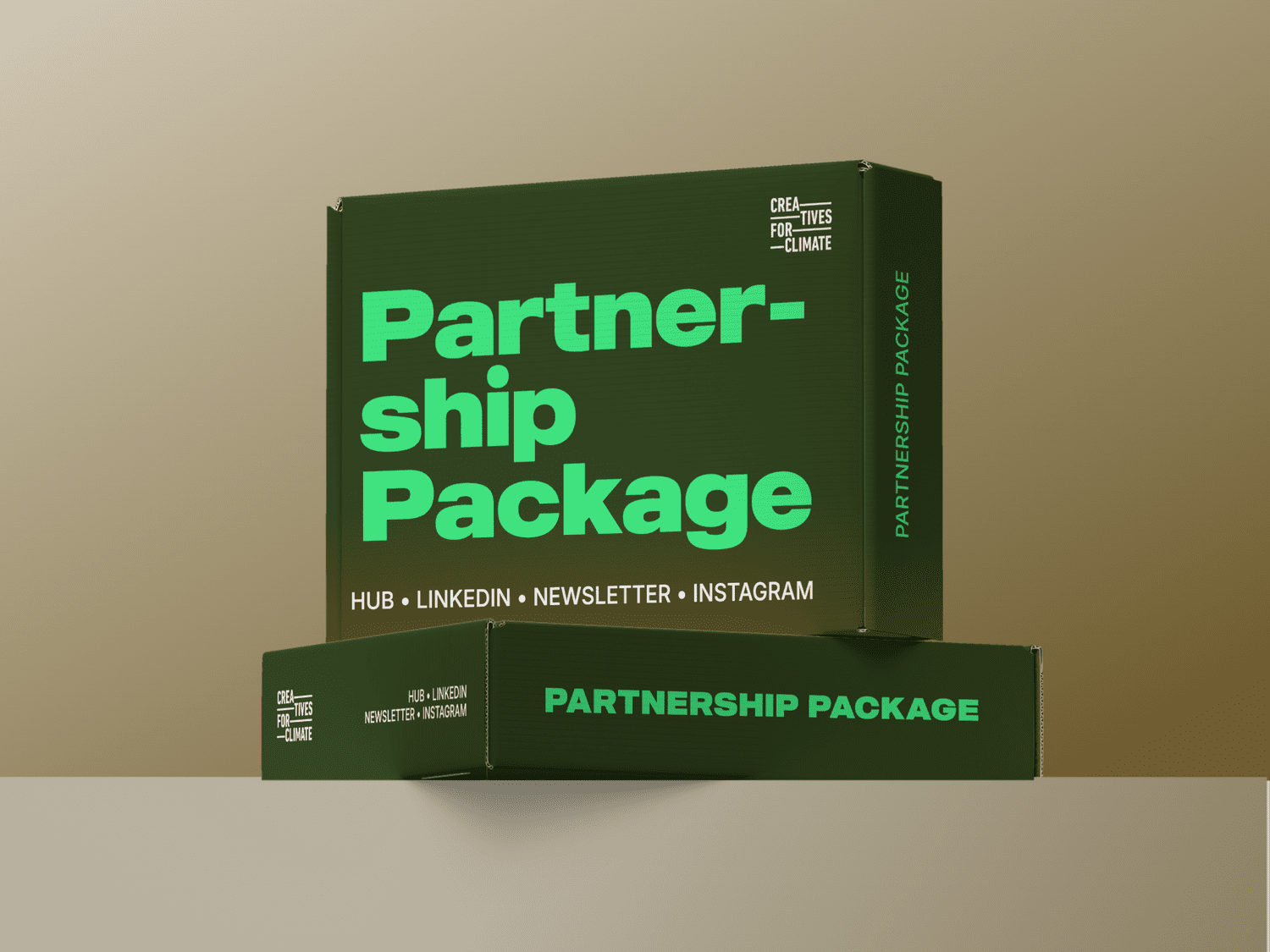
The thirtieth Conference of the Parties may not have delivered the breakthrough the science demands, but it avoided a collapse in talks and ended with a deal that "keeps the UN climate show on the road".
Alongside the formal negotiations, the conference featured several firsts. In the build-up, a compelling open letter called for the creative arts to be meaningfully involved in climate policy. That appeal was reflected in Belém with the first inclusion of culture in the COP Action Agenda, an overdue acknowledgement of how cultural work shapes beliefs and behaviours.
A panel on culture and the launch of the Creative Integrity Playbook further explored this theme, so URGE took a closer look.
Culture in the Action Agenda
In the panel session led by Brazil’s Minister of Culture, Margareth Menezes, artists and climate activists highlighted culture’s ability to mobilise society around climate change. Menezes noted that this is the first time culture has appeared in the Action Agenda, the part of the COP framework that mobilises voluntary action from civil society, businesses, cities, states, and countries. Notably, it was also only the third time culture has been discussed at a COP.
German parliamentarian Claudia Roth reinforced the point, arguing that art and culture are not optional in a crisis but democratic forces that help people make sense of change and build momentum for transition.
Read more about the session on the COP30 website here.

Creative Integrity Playbook
The Creative Integrity Playbook, launched on the Presidential Stage at COP30, is written primarily for agencies and brands. Still, many of its ideas apply directly to curators, designers, architects, makers, and other professional service providers. The premise is simple: creative and cultural work shapes beliefs and behaviours. It can expand demand for high-emitting products or help redirect attention, funding, and decisions toward lower-impact alternatives.
The Playbook aims to support work that considers this influence with greater accountability, integrity, honesty, and no greenwash.
Read the Playbook here.
How the Playbook can help
Three areas highlighted by the Playbook stood out.
Firstly, creative outputs and professional services often influence far more emissions (typically unaccounted for) than the footprint of the activities involved in producing them.
Secondly, organisations with this influence can take a more comprehensive and systematic approach to choosing and delivering work that aligns with climate goals.
Thirdly, the organisations that commission this work need to rethink their aims, briefs, and tenders to embed climate impact in project life cycles.

Guidance on "serviced emissions"
A significant part of the Playbook is its emphasis on the idea of serviced emissions. These are the emissions resulting not just from providing a service but also from the subsequent decisions and demand for further services, products, and resources that the original work enables. Serviced emissions will far exceed the direct emissions (such as office energy) of many creative organisations. These are sometimes also referred to as Scope 4 or Scope X emissions.
The Playbook references UN and University of Oxford research showing that this “downstream” influence is often the real footprint. It points readers to the Oxford Serviced Emissions Hub for support on this subject.
 Net Zero Climate
Net Zero Climate
Guidance for agencies and service providers
To help organisations act on this influence, the Playbook adapts the Catalysing Climate Action framework into six areas of practice:
- Strategy and vision
- Governance and capacity
- Client or project selection and due diligence
- Delivery and ongoing relationships
- Measuring impact
- System change
Even outside advertising, these map neatly onto cultural commissioning, design competitions, procurement, and project lifecycles. The Playbook includes simple maturity levels (passive, participant, pioneer) taken from the work of the IPA, along with checklists to help organisations take maturity-appropriate steps. Case studies illustrate what early action looks like in practice.
The Playbook points readers to the Catalysing Climate Action framework here.
Guidance for brands and client organisations
One of the most transferable parts of the Playbook is its guidance for commissioners. It encourages organisations to review how they set aims, construct briefs, issue tenders, and select partners. The Brief for Better initiative is an example of climate-oriented partnering processes.
 Creatives for Climate
Creatives for Climate
Three headlines for all creatives
The Playbook ends with three sector-wide priorities:
- end fossil fuel advertising and sponsorship;
- integrate serviced emissions into climate accountability; and,
- hold organisations accountable for the emissions their creative work enables.
These are big, clear statements of direction and intent.
The Playbook is not a complete framework and will not solve sector-wide challenges on its own. However, it is always valuable to provide the structure and language to help organisations - agencies, brands, or others - to tackle the climate crisis together.
Sign up for URGE Collective
A creative industries collective dedicated to system change
No spam. Unsubscribe anytime.

